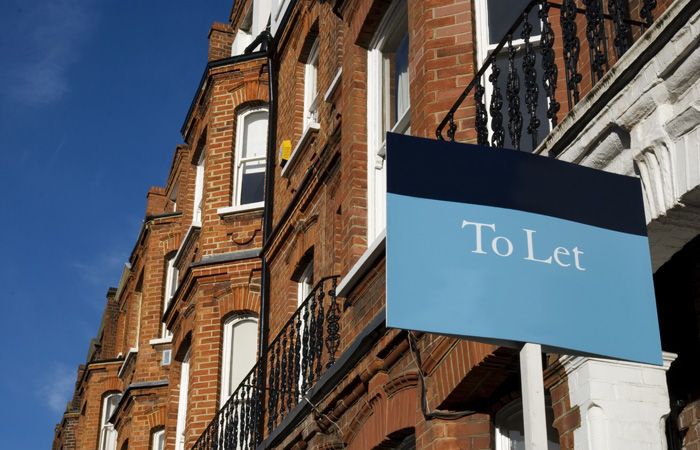
The number of registered buy-to-let (BTL) companies has more than doubled since 2017, shows data issued by Hamptons.
In September 2017, there were 148,874 companies set up to hold BTL properties compared to a count of 302,404 in September this year.
And this has risen from 260,862 from just one year ago. Hamptons expects this year to be a record one for incorporations of this type because it sees many existing landlords moving from having personal holdings to company holdings to offset higher mortgage interest rates against their tax bill.
The firm estimates that 40% of new BTL purchases are now made through a corporation.
Further data shows that throughout Great Britain, rent rose an average of 6.9% on the year, putting the average rent bill at £1,186.
London led the charge, posting annual growth of 11.3%, meaning an average rent bill of £2,054.
Hamptons adds that September also saw the first increase in the number of properties available to rent in five years, with a stock increase of 14% over the year – although they are still 47% lower than seen in 2019.
Additionally, the rent cap placed on existing tenants wishing to renew put in place in Scotland coincides with an 8.9% annual rise on rent bills (from which the cap is excluded) and a 60% fall in available properties on the rental market compared to September 2019.
Hamptons head of research Aneisha Beveridge says: “The number of new incorporations is likely to remain relatively high over the next 12 months on the back of the stamp duty cut which saves the average investor just under £2k when moving a BTL from personal to company names.
“But the big driver is the financial advantage of being able to offset mortgage payments as interest rates rise. This means that limited company investors stand a better chance of turning a profit in a world where mortgaged landlords are coming under increasing pressure.
“While rapidly rising rents have softened the impact of higher interest rates for landlords, rental growth only offsets around a fifth of their increase in mortgage costs.
“This means that a landlord who bought an average home two years ago with a typical 25% deposit would need to increase their equity from 25% to 55% if they re-mortgaged today in order to maintain the same monthly returns compared to when they first bought. For the average investor, this means stumping up an extra £67,000 in cash.”



